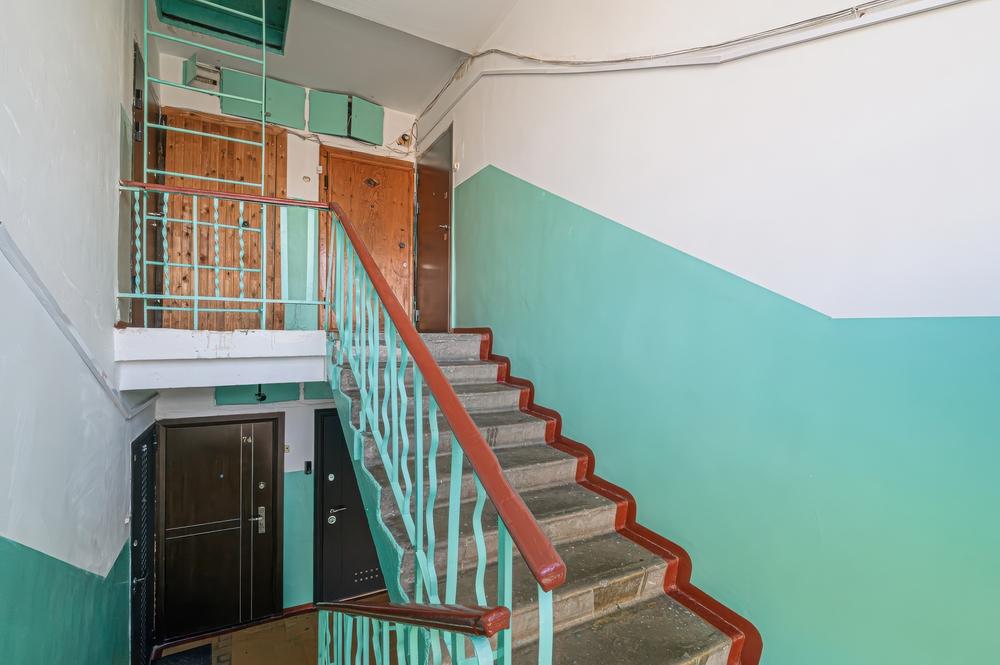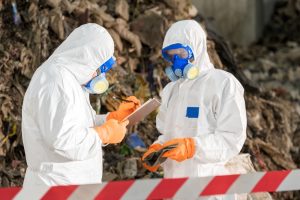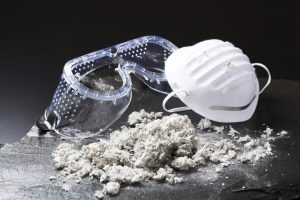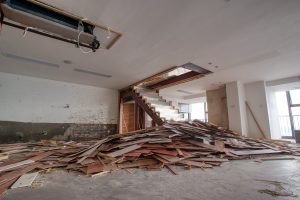Many older buildings possess a unique charm and craftsmanship, but hidden behind the character can lurk serious hazards, most notably lead-based materials. Once common in paint, coatings, and plumbing, lead is now recognized as a major health risk.
When disturbed during renovations or demolition, lead dust and particles can put workers, tenants, and the public at risk. At Environmental Demolition Group (EDG), we help commercial property owners and contractors identify and safely remove these risks.
In this blog, we share where lead hazards are found in older structures and how lead abatement procedures keep your renovation safe and compliant.
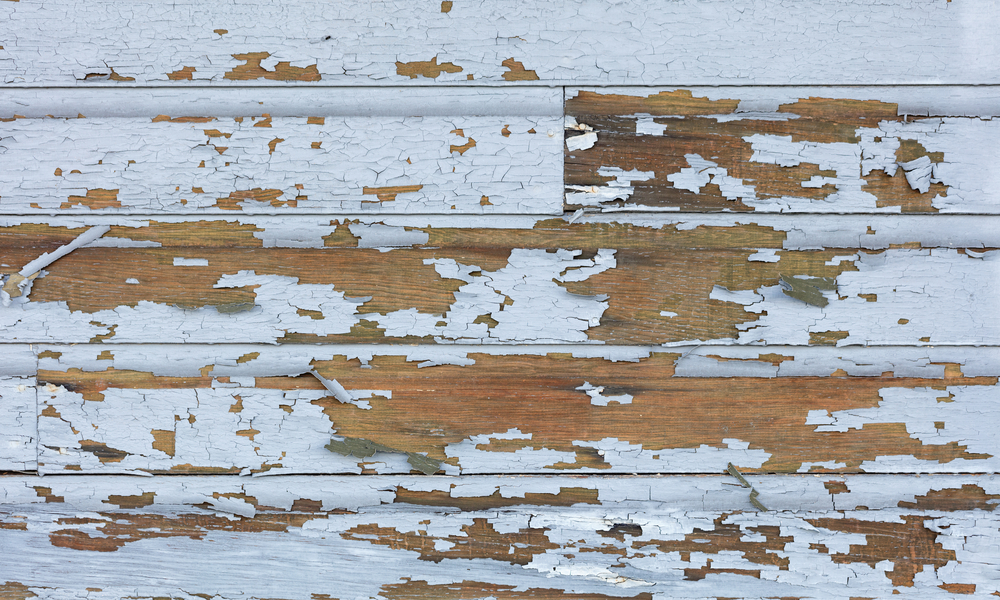
Why Lead in Older Buildings is Dangerous
Many commercial buildings constructed before the 1980s contain lead-based materials. While intact surfaces may not always pose an immediate threat, the danger comes when those materials are disturbed through sanding, drilling, demolition, or even daily wear and tear.
Common risks:
- Health impacts: Lead exposure can cause neurological, developmental, and cardiovascular problems. Even low levels are unsafe, especially for children or vulnerable occupants.
- Occupational hazards: Construction and renovation crews face direct exposure if safety measures aren’t in place.
- Legal liability: Failing to follow federal and state abatement laws can result in penalties and project delays.
This is why lead abatement procedures are critical for any property owner planning upgrades, demolitions, or renovations in older commercial spaces.
Uncovering Lead Risks During Renovations
Lead is often hidden beneath layers of paint or behind structural components. Renovation work commonly reveals hazards when:
Sanding or drilling walls and trim: Disturbs lead-based paint and creates hazardous dust.
Replacing windows and doors: Frames, sashes, and sealants may contain lead.
Upgrading plumbing or mechanical systems: Pipes, solder, and coatings may still hold lead.
Flooring removal: Some adhesives and underlayment contain lead-based materials.
EDG uses X-ray fluorescence (XRF) testing, dust sampling, and lab analysis to identify hazards before work begins.
The EPA’s Renovation, Repair, and Painting Program (RRP) highlights why only certified contractors (like EDG) should perform this work. Remember—compliance isn’t optional.
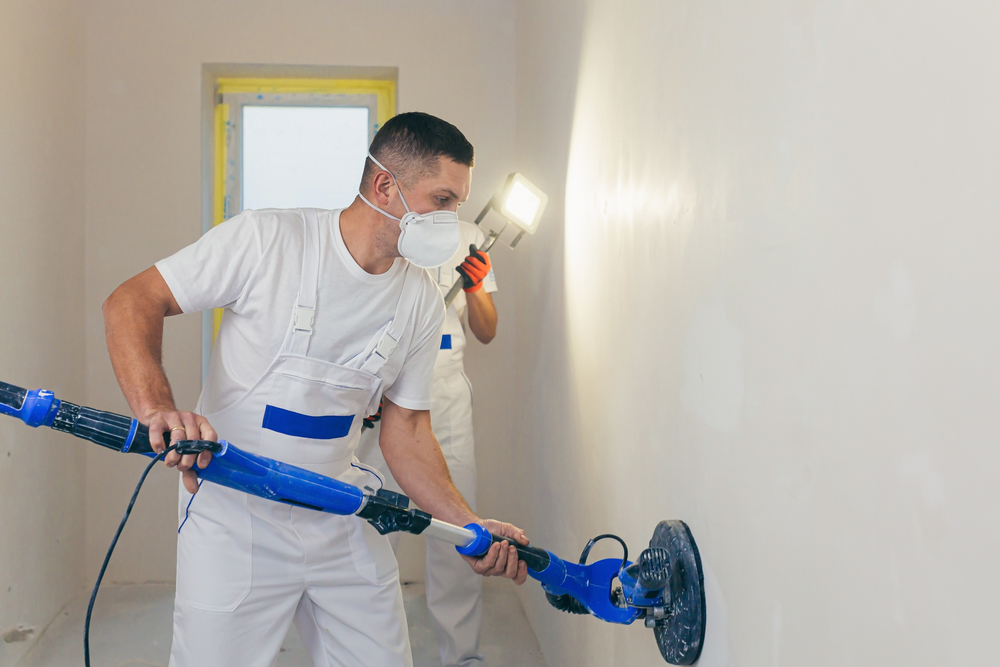
Lead Abatement Procedures: Step by Step
Lead abatement is not the same as basic renovation cleanup. It’s a regulated process requiring certified crews, specialized equipment, and strict safety protocols. Here’s how we handle it:
1. Inspection & Testing
We begin with a thorough site evaluation using approved testing methods to confirm the presence of lead.
2. Containment Setup
Isolation barriers, negative air machines, and HEPA filtration prevent dust and particles from spreading to other areas.
3. Safe Removal
Our team removes lead-based paint and materials using wet scraping, chemical stripping, HEPA vacuuming, and other approved methods.
4. Transport & Disposal
All waste is sealed, labeled, and transported to EPA-approved disposal facilities in compliance with state and federal law.
5. Clearance Testing
We conduct visual inspections and dust wipe sampling after removal to verify that lead hazards have been properly addressed and that the site is safe for reoccupation or renovation to continue.
6. Documentation & Compliance
You will receive detailed reporting to satisfy OSHA, EPA, and local regulatory requirements—giving you peace of mind and legal protection.
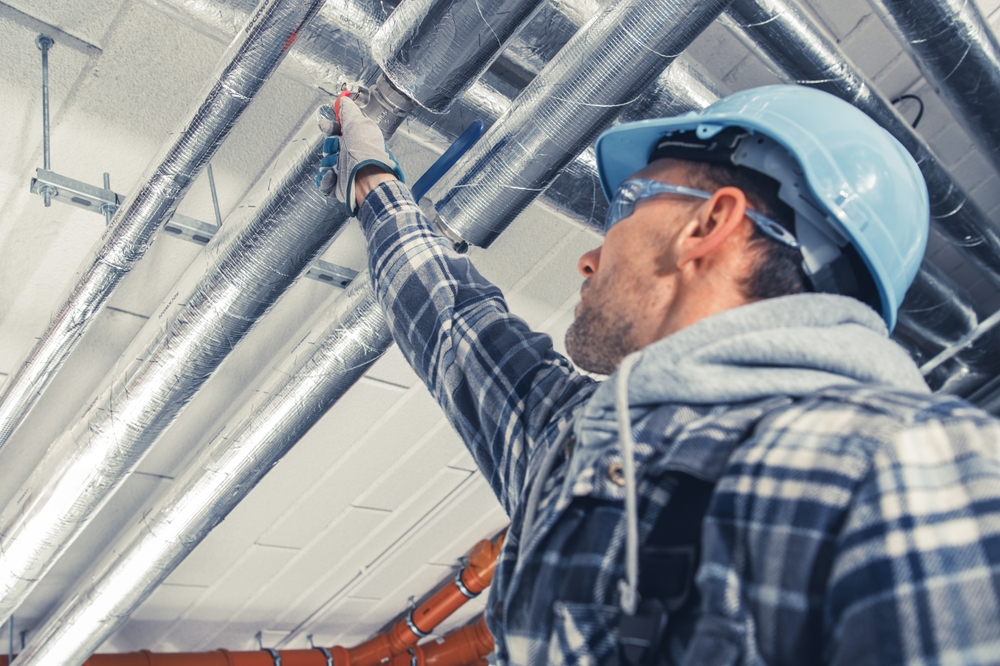
Why You Should Work With a Certified Lead Abatement Contractor
Lead abatement is a highly regulated field, and cutting corners puts people at risk. Here’s why working with EDG, a certified lead abatement contractor, makes a difference:
- Certified crews trained in EPA and OSHA standards.
- Customer-first approach with minimal disruption, clear communication, and safety at every stage.
- Experience with complex facilities like hospitals, government buildings, and manufacturing plants.
- Coordination with architects, engineers, and insurance adjusters to keep your project compliant and on schedule.
With over 100 years of combined experience, Environmental Demolition Group is trusted throughout Kentucky, Ohio, Indiana, and the broader Midwest and Mid-Atlantic regions for selective demolition and environmental abatement.
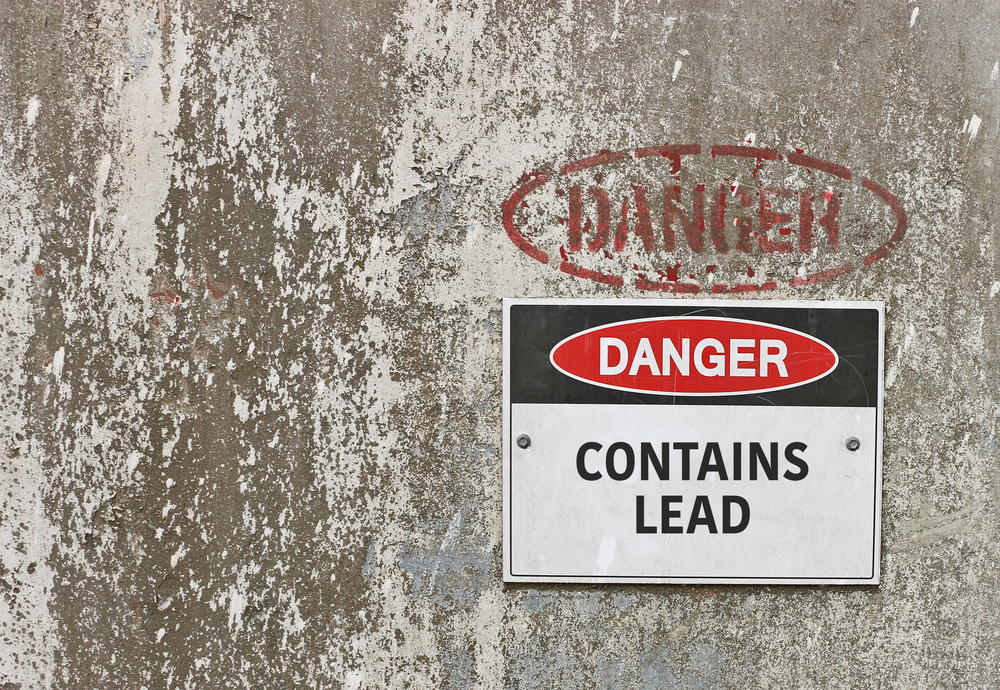
Services That Support Lead Abatement
Lead abatement is often just one part of a larger renovation project. At EDG, we provide integrated solutions that reduce delays and improve efficiency, including:
- Selective Demolition & Building Strip-Out
- Asbestos Abatement
- Mold Remediation
- Fire Damage Restoration
- Environmental Cleanup
Lead Abatement FAQs for Commercial Buildings
Lead abatement permanently removes lead-based hazards using certified methods, while remediation or interim controls may only reduce exposure temporarily. EDG specializes in full abatement for long-term safety and compliance.
Abatement is required whenever renovation, selective demolition, or environmental cleanup work will disturb lead-based paint, coatings, or materials in pre-1980 buildings. Federal and state regulations mandate certified contractors for this work.
Timelines vary depending on the building size and the extent of contamination. Small projects may take only a few days, while larger commercial properties could require several weeks. EDG provides project-specific estimates during the initial assessment.
No. The EPA’s Renovation, Repair, and Painting Program (RRP) requires certified lead abatement contractors to perform this work. Using non-certified crews risks contaminating the site and violating regulations.
Improper handling can release hazardous dust into the air, putting workers and occupants at risk of serious health issues. It can also halt projects, lead to costly fines, and create long-term liability for property owners.
Yes! EDG conducts site inspections and testing using XRF analysis, dust sampling, and lab verification to ensure hazards are properly identified before abatement begins.
Yes. Any demolition or selective demolition work in older structures must include a lead inspection and, if hazards are found, certified abatement. EDG integrates lead abatement with selective demolition and other environmental services to keep projects compliant from start to finish.
Protect Your Team and Property With Lead Abatement You Can Trust
If your building was built before 1980, there’s a strong chance lead is still hiding inside walls, floors, or finishes.
From the first inspection to final clearance, our certified team handles the entire process with precision and care. Call us at 859-363-4863 or request a free quote to get started with a certified lead abatement removal contractor today!

